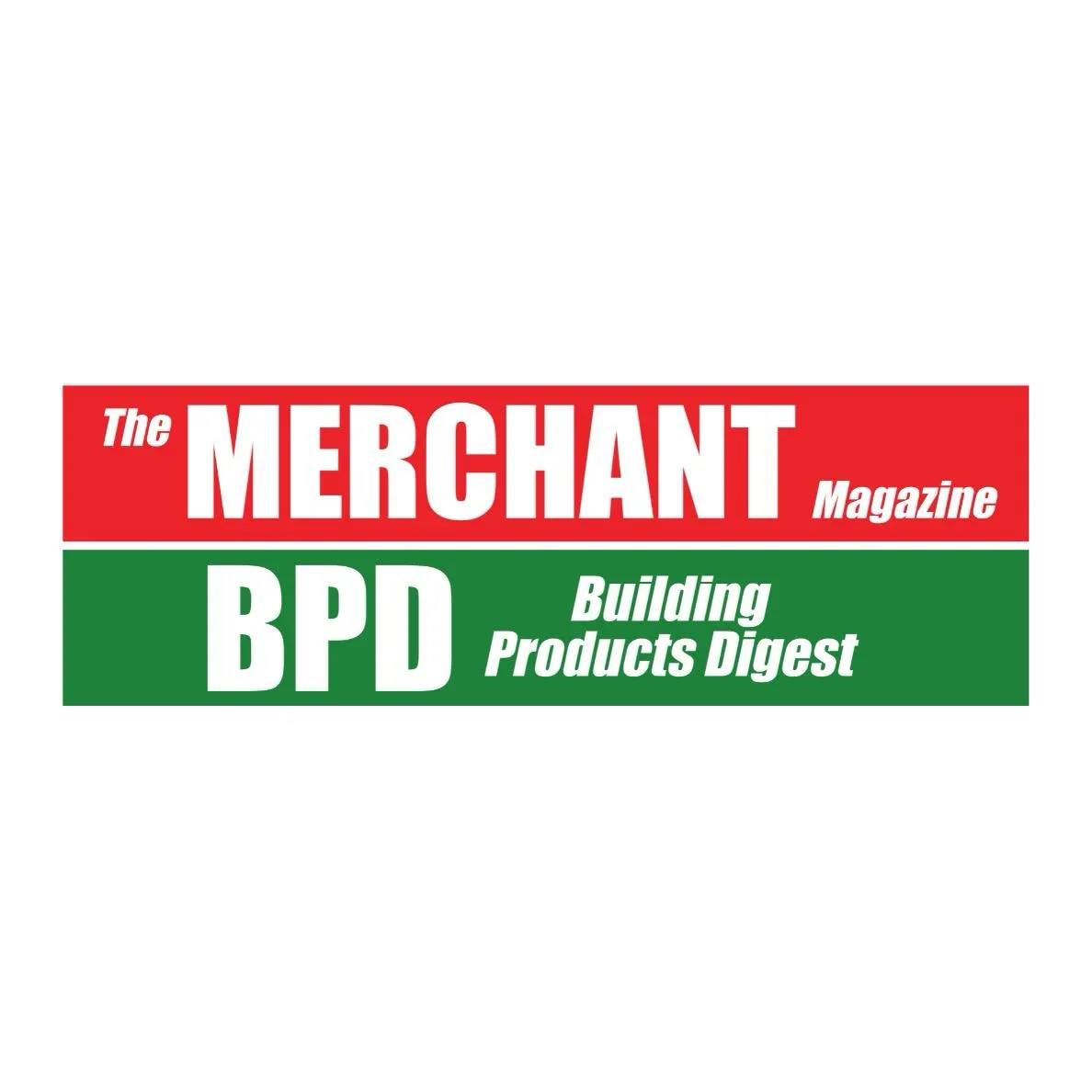Table of Contents
In today’s market, consumers are one click away from unlimited statistics, reading reviews and comparing pricing on a multitude of products. Some refer to it as the Information Revolution. This trend has been evolving ever since the World Wide Web became public in the ’90s. Although it has simplified researching when it comes to comparing merchandise such as electronics or appliances, it hasn’t yet mastered the art of distinguishing quality differences in commodities such as treated lumber.
Without a side-by-side comparison, how can you (as a retail store purchaser) determine which treater is best suited to meet your needs? We’ve come up with five areas to consider when trying to locate the right treated lumber provider and why it pays, literally, to do your research.
Know your niche. Who you compete against plays an enormous role in your buying habits, but it shouldn’t dictate your decision. Instead, let it serve as a guide towards locating the population you are trying to reach. As an independent retailer it is incredibly hard to match costs afforded to big box stores. In turn, it is difficult for big box stores to match the quality obtained by an independent retailer on a smaller scale.
It’s crucial to have a target market in mind before choosing which avenue makes the most sense. Whether you stock a large inventory, high quality, specialty products, or all ground contact, portraying that value can make the difference between a walk-in shopper and a lifelong customer.
Establish your list of “must-haves” for the product and from your supplier. With that target market in mind, buyers need to sit down and develop a list of “must-haves” that align with the needs of their contractors. It could be as simple as stocking a heavier retention for timbers, specialty products, or faster deliveries when running just-in-time inventory. This list should include more than the product itself.
Think about the service and marketing you will need to support your niche. All treated lumber producers will agree that they want your business for the long-haul. If you know to negotiate your requirements up front it is easier for the treater to accommodate and exceed your expectations.
Ask the right questions. Grade stamps are just the opening line of the quality conversation. You may want to ask questions that paint an accurate picture of how that material is handled before it reaches your yard.
Does the untreated wood arrive tarped at your vendor’s facility and will it be kept out of the elements until it arrives in your yard? What is their treating and inventory capacity? Some suppliers are so large that they have to buy from numerous mills, which leads to consistent supply but potentially inconsistent quality.
On the other hand, some treaters are so small that they may excel in quality but underperform in inventory selection and lead times during the busy season. Your facility and capital available for inventory will also play a large role in formulating these questions.
How much is your treater willing to help you implement outreach programs and events? Educating your contractors on treatment specifications, grade rules, best practices, and the advantage of buying from a certain vendor will help you to create obtainable expectations and trust.
Finding the right treater takes understanding your target market’s list of “must-haves” and formulating questions that provide insight as to what each supplier can offer.
Understand the correlation between cost and expectation. Low costs often suggest poor or inconsistent quality. If you are trying to win market-share solely on low prices then you will be forced to lower your expectation of the product and search for the best price possible. Make sure you are receiving comparable pricing on wood that meets the current AWPA standards for Ground Contact.
Retailers consistently make the mistake of letting the competition dictate whom they buy from for fear of losing a sale over price.
There are several ways to overcome the price match mentality and start separating your business from the pack. Each treater has a unique strength to bring to the table as a selling advantage. It’s their job to help you understand and communicate that value to your customers.
Get overly familiar with your back-end costs. It happens. Poor quality material makes it all the way to a jobsite and gets rejected by the homeowner. How much money does the contractor lose in wasted time and labor? How much money are you losing trying to solve the problem? These small issues build up and can negatively impact your margins and overall market-share as a retailer. Remember there is no second chance for a first impression.
You should also keep in mind the time and money wasted on culls. Find out why that material was deemed unsellable and figure ways to avoid that problem in the future. Becoming overly familiar with your back-end cost allows you to buy smarter from the beginning. It is vital that you use this information to modify your stock to fit the expectations of your customers in order to enhance the company’s reputation long term.
By taking these focus areas into consideration you will drastically increase your odds of customer satisfaction and overall growth for your business. It might not be as easy as a Google search, but having these conversations with your treater ahead of time will solidify a prosperous working relationship for years to come.









